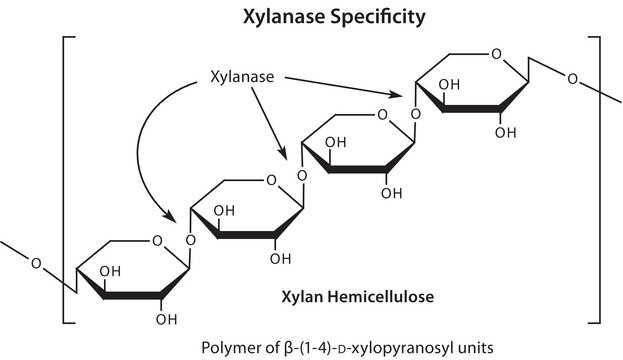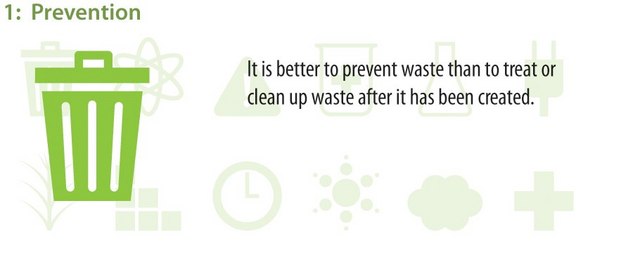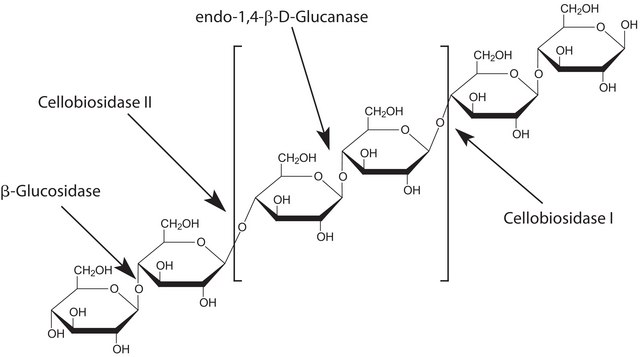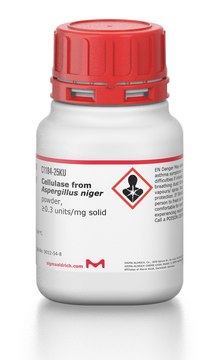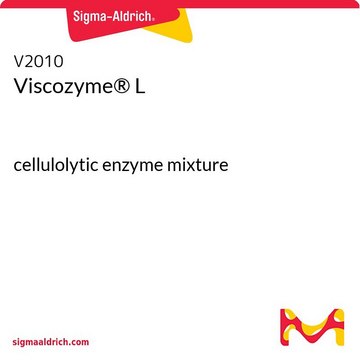95595
Xylanase from Trichoderma viride
powder, slightly yellow, ≥2 U/mg
Synonym(s):
1,4-β-D-Xylanxylanohydrolase, endo-1,4-β-Xylanase
Sign Into View Organizational & Contract Pricing
All Photos(1)
About This Item
Recommended Products
form
powder
specific activity
≥2 U/mg
color
slightly yellow
storage temp.
2-8°C
Looking for similar products? Visit Product Comparison Guide
Unit Definition
1 U corresponds to the amount of enzyme which liberates 1 μmol remazol brilliant blue R at pH 6.0 and 40 °C (remazol brilliant blue R-xylan, Cat. No. 66960, as substrate)
Other Notes
View more information on enzymes for complex carbohydrate analysis at www.sigma-aldrich.com/enzymeexplorer
Review: Xylanases: functions, properties and applications
Signal Word
Danger
Hazard Statements
Precautionary Statements
Hazard Classifications
Resp. Sens. 1
Storage Class Code
11 - Combustible Solids
WGK
WGK 3
Flash Point(F)
Not applicable
Flash Point(C)
Not applicable
Personal Protective Equipment
dust mask type N95 (US), Eyeshields, Gloves
Regulatory Information
新产品
Choose from one of the most recent versions:
Certificates of Analysis (COA)
Lot/Batch Number
It looks like we've run into a problem, but you can still download Certificates of Analysis from our Documents section.
If you need assistance, please contact Customer Support.
Already Own This Product?
Find documentation for the products that you have recently purchased in the Document Library.
J. Woodward
Top. Enzyme Ferment. Biotechnol., 8, 9-9 (1984)
Fansheng Cheng et al.
Journal of agricultural and food chemistry, 60(51), 12516-12524 (2012-11-09)
A novel gene fragment containing a xylanase was identified from a Holstein cattle rumen metagenomic library. The novel xylanase (Xyln-SH1) belonged to the glycoside hydrolase family 10 (GH10) and exhibited a maximum of 44% identity to the glycoside hydrolase from
Binzhang Shen et al.
Nature biotechnology, 30(11), 1131-1136 (2012-10-23)
Plant cellulosic biomass is an abundant, low-cost feedstock for producing biofuels and chemicals. Expressing cell wall-degrading (CWD) enzymes (e.g. xylanases) in plant feedstocks could reduce the amount of enzymes required for feedstock pretreatment and hydrolysis during bioprocessing to release soluble
Sofie Malfliet et al.
Food microbiology, 36(2), 406-415 (2013-09-10)
The presence of microorganisms producing cell wall hydrolyzing enzymes such as xylanases during malting can improve mash filtration behavior and consequently have potential for more efficient wort production. In this study, the xylanolytic bacterial community during malting was assessed by
Peter Biely et al.
Biochimica et biophysica acta, 1830(11), 5075-5086 (2013-07-31)
Substitutions on the xylan main chain are widely accepted to limit plant cell wall degradability and acetylations are considered as one of the most important obstacles. Hence, understanding the modes of action of a range of acetylxylan esterases (AcXEs) is
Our team of scientists has experience in all areas of research including Life Science, Material Science, Chemical Synthesis, Chromatography, Analytical and many others.
Contact Technical Service